It was April 2016 when I visited Yangon for the first time. As I reached Sule Pagoda area, the heart of downtown Yangon, I was immediately enchanted by the bustling city life occurring on its busy sidewalks. Being a geographer, architect and urbanist, it was the best example of “how it should be”, as the best sign of a thriving city is the amount of people on the streets. And for a reason – downtown Yangon offered both a functional and a recreational experience: you could get there anything you needed, while enjoying a multi sensual experience of sights, sounds, smells and tastes. Every corner was a new surprise with smiles on top. Food was the best attraction of course, as it provides both functional and recreational meanings: We need food to stay alive, but food may also provide us with the best pleasures.
The built up environment well supported it: streets built in human scale, with a simple, clear orthogonal grid, highly connected, and continuous facades created by beautiful colonial era historical buildings.
Unfortunately I discovered that not only is this unique architecture is endangered but also the vivid street life.
As I could notice, car traffic was already a problem around Yangon, especially in the downtown area. 2011 reforms enabled people in Myanmar to buy private vehicles, and the opportunity was happily accepted. Lack of significant public transportation alternatives, and with cars being a status and freedom symbol, Yangon was pretty quickly filled with private cars.
It could have been a rare opportunity for authorities to create policies favoring public transportation on private vehicles, taking advantage of the fact that society in Myanmar was not used to private car culture. But this issue was not given a proper thought, and once the barrier was lifted, the dam was breached.
While reading about this I came across an article in Myanmar Times called “Zoning, not flyovers, eyed as better solution to traffic jams“. The title alone was shocking, as the zoning approach has been long ago neglected as a planning paradigm: Zoning evolved following invention of the private car, allowing a separation of uses, creating “beautiful, clean” environments for living separated from the “filth” of commerce and industry, using the fabulous car as an “easy” means for mobility. Today we already know that such separation turned cities from lively habitats to sterile deserts, and private cars can no longer provide a feasible means of mobility in growing mega-cities. It is the mixed-use approach which was brought back to the planning discourse, in order to bring together as much people and uses, in packed and efficient urban tissue that reduces the need for long distance commutes.
According to that article, by late 2015, Yangon was already building flyovers in order to ease congestion, and not surprisingly, the article stated that “two planned for 2016-2017 will barely make a dent in Yangon’s chronic traffic jams.“. But the most questionable approach presented in the article was “a wholesale relocation of businesses in the city, particularly from downtown, would be required to ease the congestion“. Well – Cars disturb people and create a muddle, not the other way!
Another claim was that “There are a lot of shops and hotels around Sule that could be relocated to the new towns.“. Well – Yangon is a growing city, and hotels and shops are needed in other parts of town as well. This should be in addition, not instead of the unique downtown mix.
And yet another claim in that article was that “Twenty percent of Yangon’s commercial buildings are crammed into just 3pc of the city area, which is always packed with commuters at rush hour. We have to break up that concentration in order to substantially reduce congestion“. Well – the first part of the sentence actually describes most European cities that evolved from a historical core, like Yangon. These are the best cities in the world. European cities have efficient public transportation systems to carry commuters in and out of the historical city center. Yangon has another advantage – it is a highly populated growing city. Instead of killing a lively city center, the city should provide efficient mobility solutions. (This does not contradict planning good mixed-use areas outside the historical center).
In the meantime, Yangon authorities started to carry out this policy. Already in November 2016, Myanmar Times reported about “Street vendors to be banned on Yangon’s busiest roads“. According to the article, “There are about 6000 street vendors in Yangon“. A new night market was then opened in Strand road, but it could only provide space for around 1600 vendors.
In December 2016 I visited Yangon again. I stayed in a hotel in Sule Pagoda area in the heart of downtown Yangon. When evening arrived I was surprised I could not find a decent place to eat ‘around the corner’. I had to walk quite a distance to Strand Road, to see hundreds of people eating, squeezed between the road and what could have been a nice waterfront, were it not for a port fence.
When I came back to the hotel I noticed that a religious gathering was taking place on the small hotel street, with the surrounding buildings making it a perfect gathering space. This was a rare urban moment!
Yangon City Development Committee (YCDC) declared in a publication available in its website, that “Upgrading Markets” is one of its goals: “YCDC is gradually transforming and modernizing markets by relocation them to purpose-built buildings…“. There are numerous references from the world which prove that such drastic actions are doomed to fail. Taking markets out of their organic urban tissue and placing them in sterile buildings, eliminates the basic essence of a market. Municipal authorities all over the world understand the need for maintaining and upgrading existing market areas.
Now back to the transportation issue that initiated all this. Yangon still faces its transportation challenge, racing to ‘unlock its gridlock’. Although the bus system is undergoing an improvement process, the circular railway is about to be upgraded, and a water bus has been recently introduced, there are additional, immediate, steps that can be taken.
Two-wheelers
Instead of banning cars, Yangon authorities have been banning motorbikes and bicycles from entering Yangon center. Although the absence of motorbikes reduces noise and ‘street jungle’ levels (Compare with Mandalay’s crazy motorbike scene…) and forces people to use buses, banning bicycles is simply an absurd – this is by far the best personal urban transportation means. Even banning motorbikes should be questioned: motorbikes serve not only as a dominant transportation means in Myanmar (as all across South-East Asia), but it is also much more efficient than single passenger cars jamming downtown streets.
For a start:
- Bicycles should be allowed everywhere in Yangon.
- Bicycle lanes planning should be part of any transportation planning processes.
- Road safety educational campaign for drivers and riders should be carried out.
- Electric mopeds should be available in Yangon and allowed as well.
Buses
Bus service in Yangon is improving, with new buses introduced to the system and rearrangement of bus lines. But a true service improvement will only occur if buses will have priority over private cars. Therefore:
- Dedicated bus lanes should be implemented.
- Bus services should be introduced to circular railway stations – providing connectivity between railway stations and nearby neighborhoods and villages.
- Introduce bus connections crossing the train circle.
Circular Train
Yangon’s circular railway is a 46 kilometers urban – suburban train service with 39 stations. Despite its relatively slow speed, people use it, but the usage potential is huge. An upgrade plan is on the way, but mere upgrading of wagons would not be sufficient unless complimentary transportation means will be available:
- Feeder bus lines and shared taxis to connect circular railway stations with neighboring areas.
- “Park and ride” places for cars, for leaving cars and taking the train downtown.
- Encouragement to use bicycle: ride from a distant neighborhood to a railway station, board the train with the bicycle, and continue riding to a downtown destination.
Private cars
Private cars usage in downtown areas should gradually be limited with the improvement of alternative means. But in order to stop the traffic gridlock snowball, some measures can be carried out immediately, such as limiting entrance of cars on certain days of the week (using license plate characters to determine which cars can enter on which days).
So, as opposed to jammed cities like Jakarta and Bangkok, Yangon still has time to make the change. Its private cars culture is not yet “developed”, and people will be able to adjust to the desired changes. It will be beneficial in the long term, and definitely tastier…
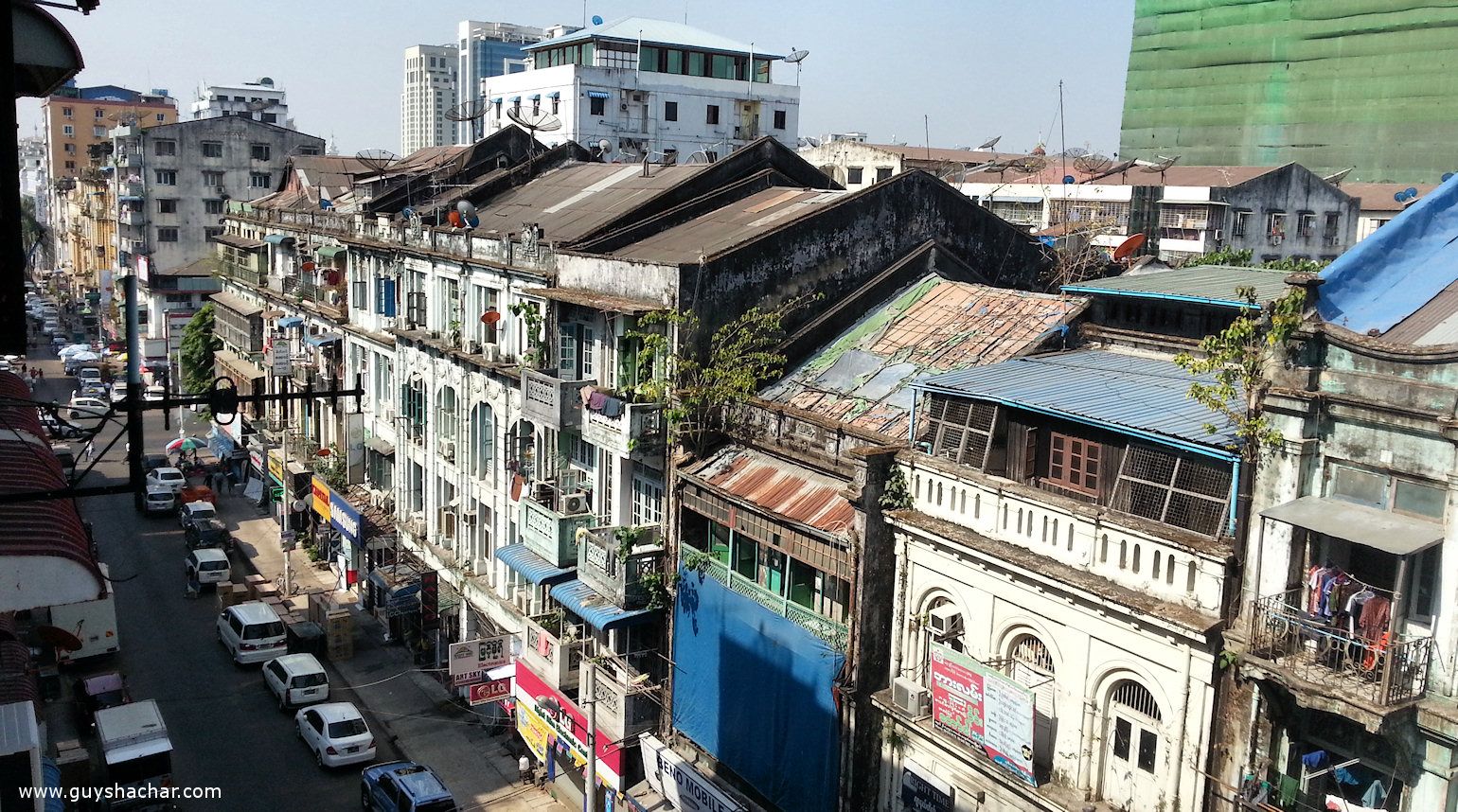
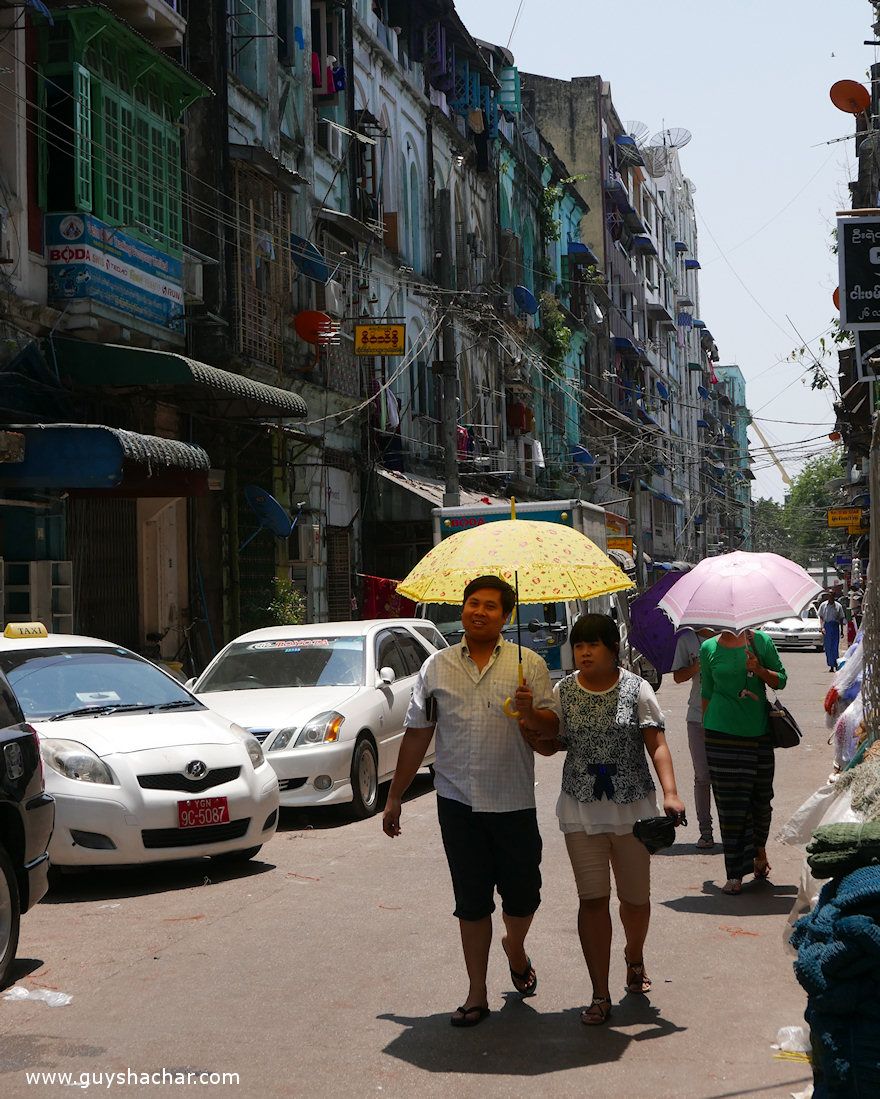
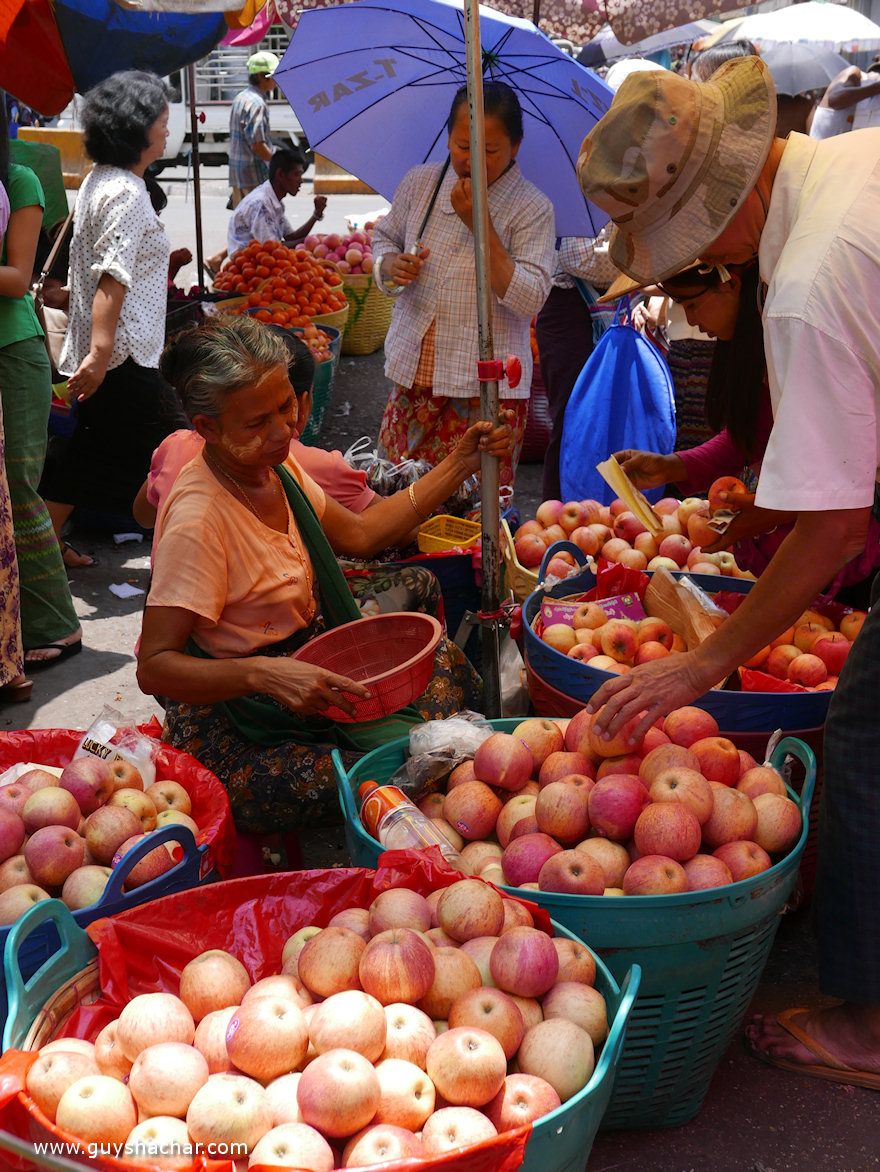
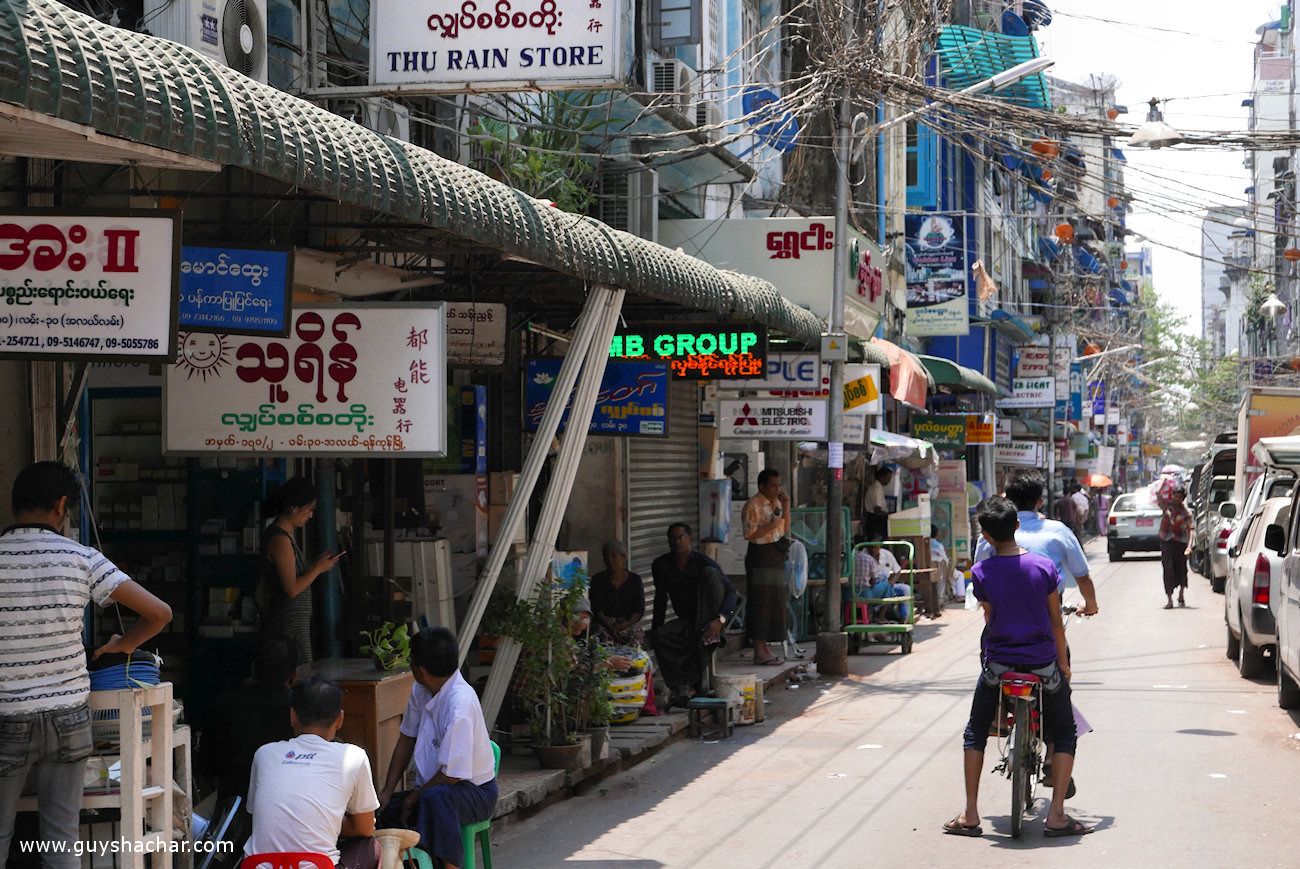
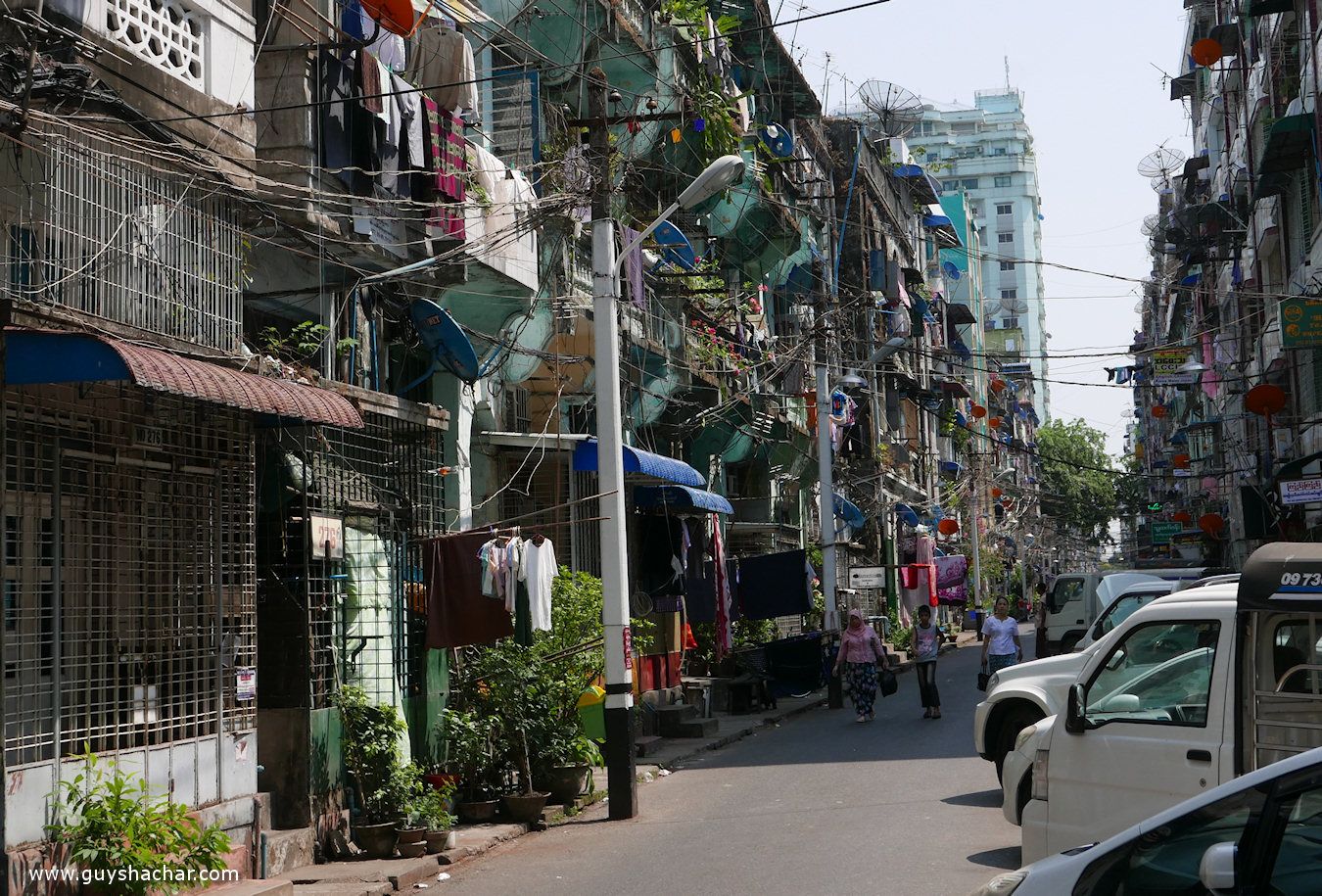
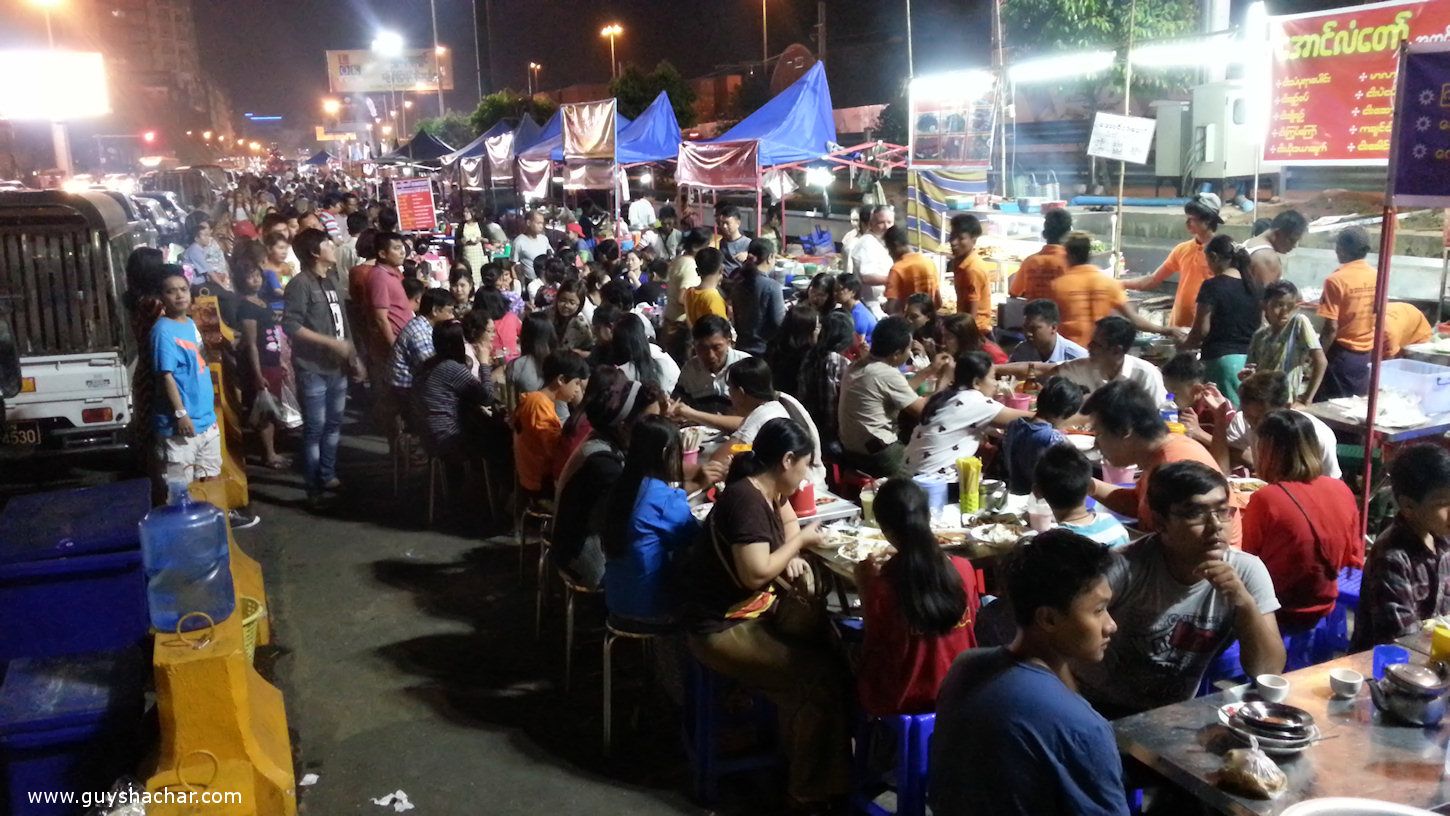

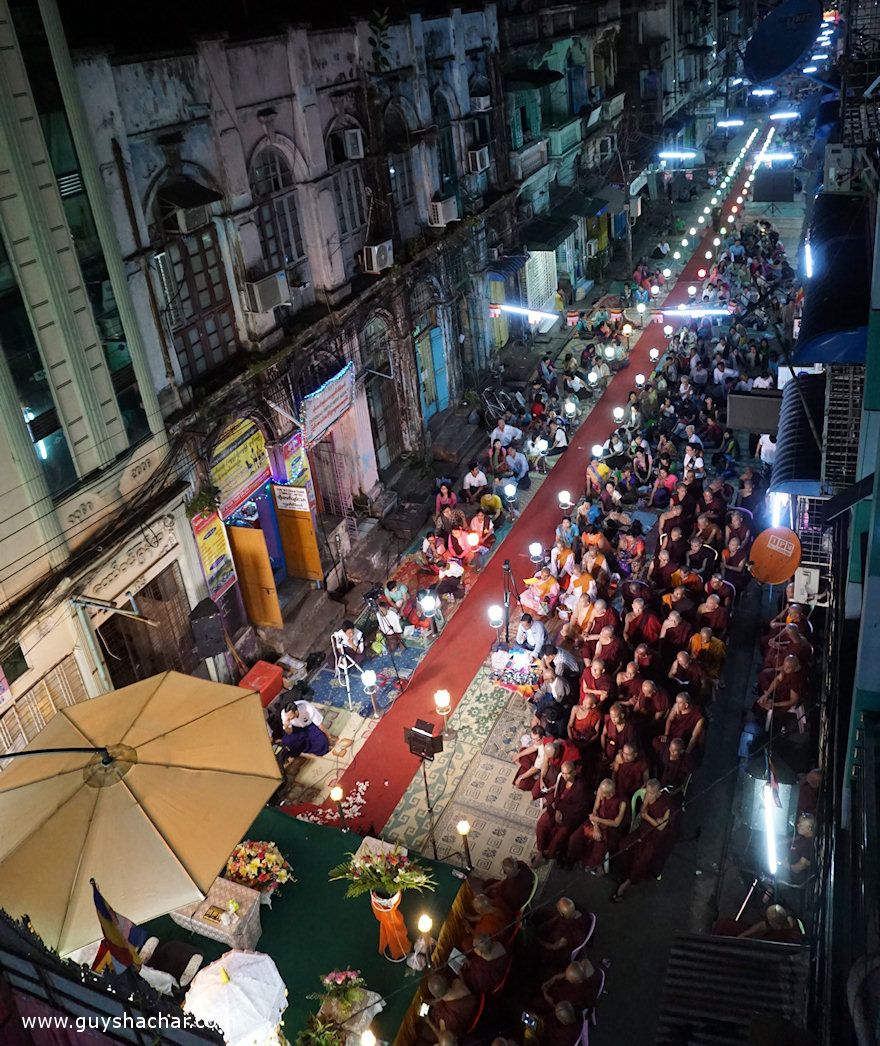
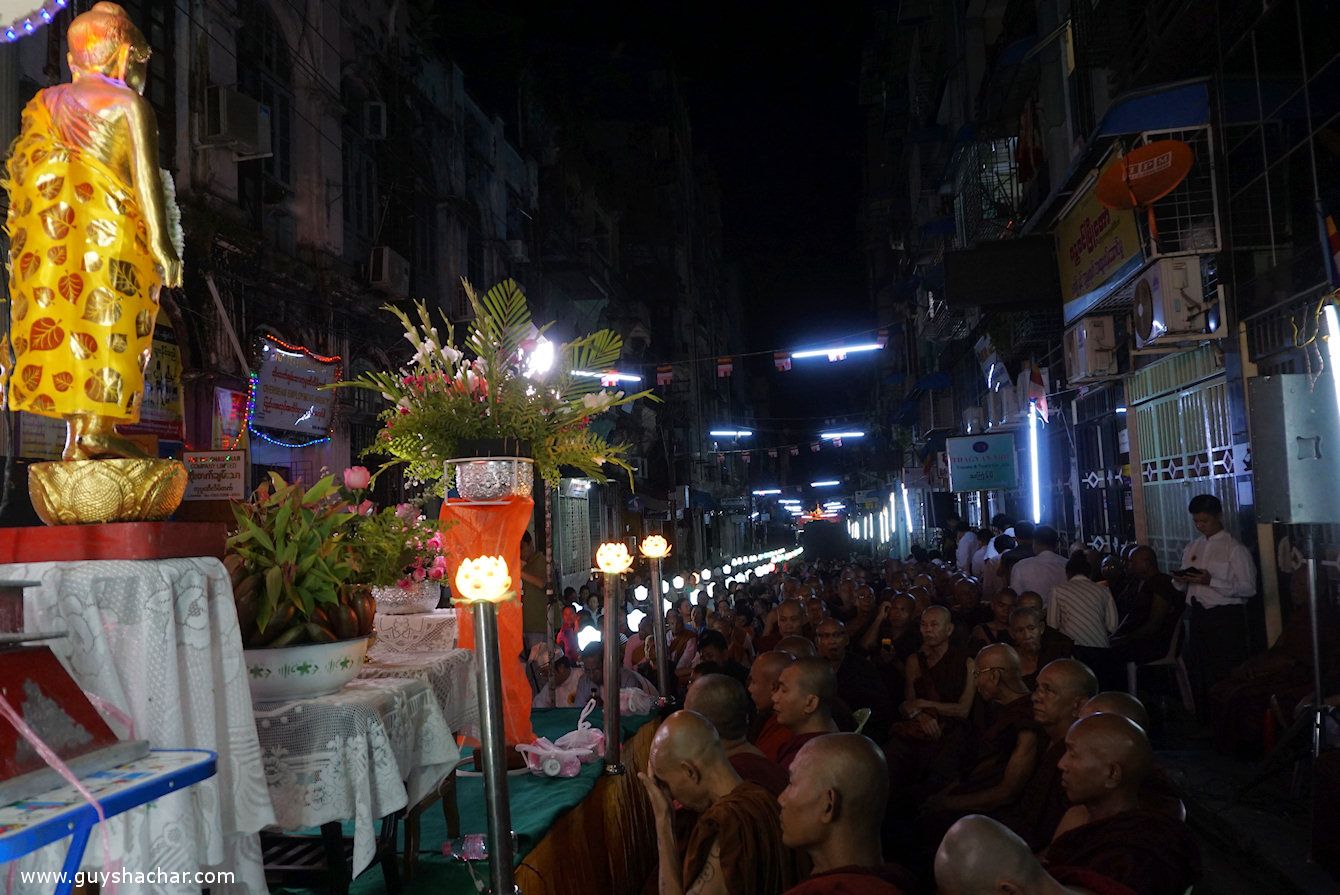
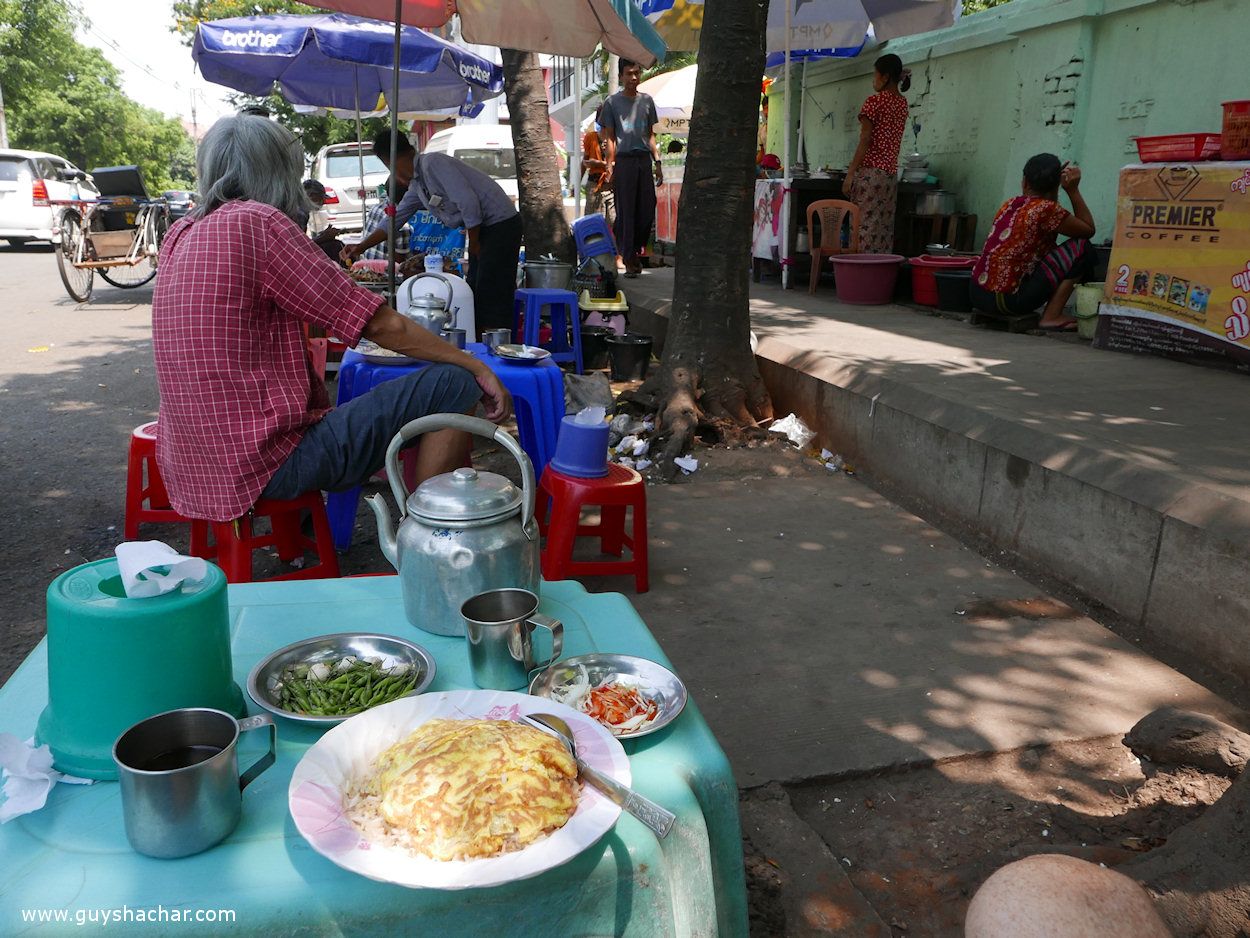
Leave a Reply